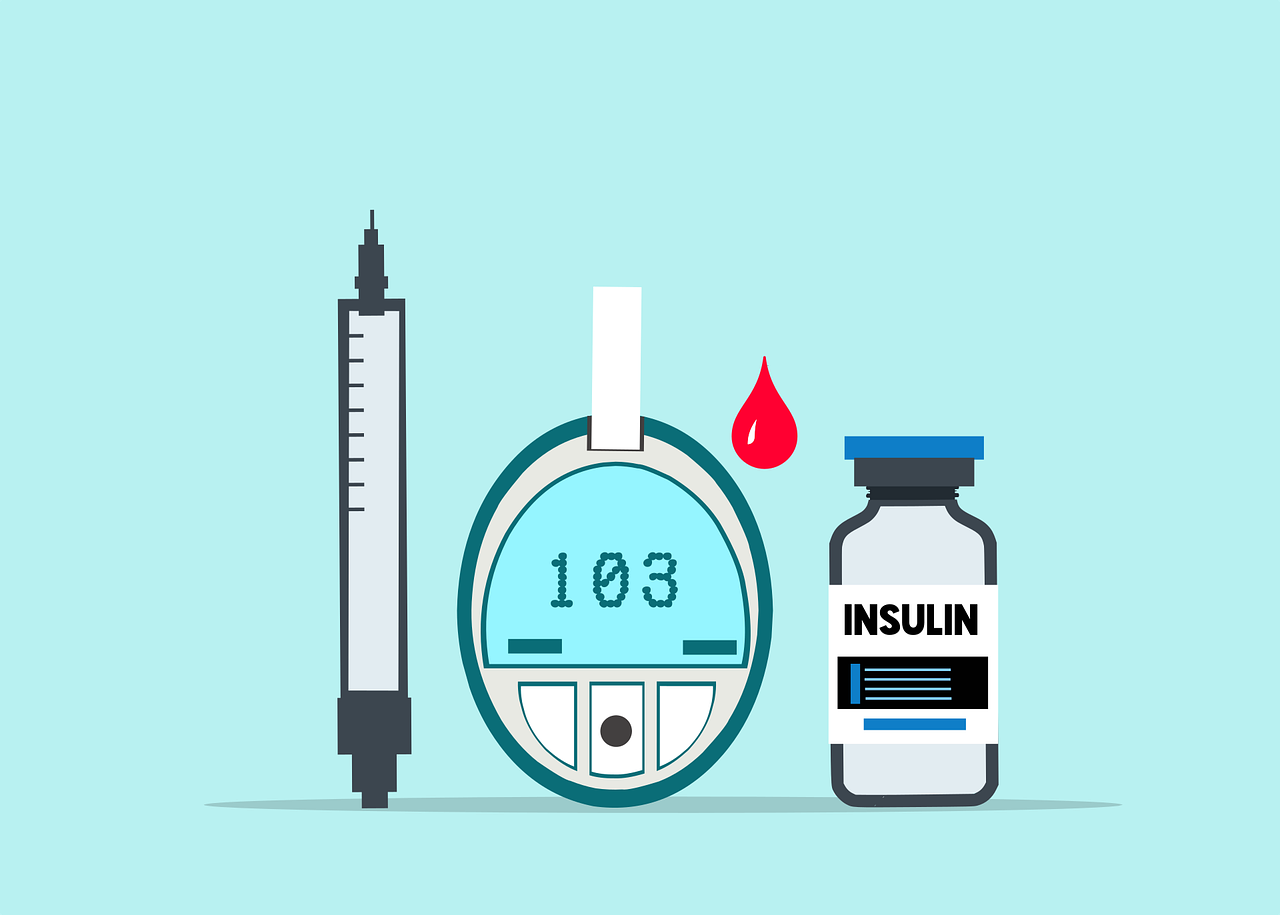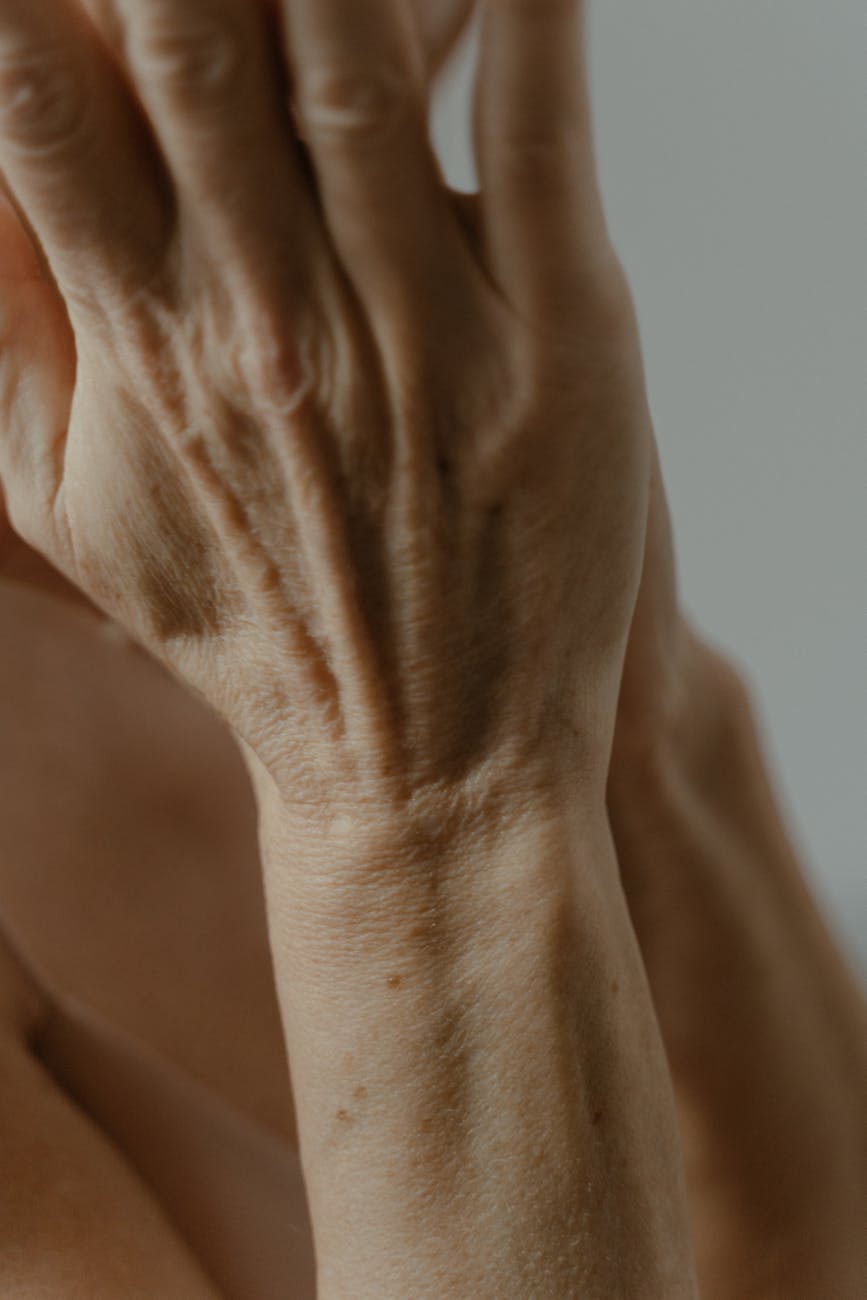
In recent years, the medical world has witnessed the rise of a new star in the realm of diabetes management and weight loss: Ozempic. As with any medication that gains rapid popularity, it’s essential to understand both its benefits and potential side effects. While Ozempic has proven to be a game-changer for many, some users report experiencing stomach troubles. This guide aims to shed light on these concerns, providing a balanced perspective for both current and potential users.
What Exactly is Ozempic?
Ozempic, known generically as semaglutide, is a once-weekly injectable medication primarily prescribed for the treatment of type 2 diabetes. It belongs to a class of drugs known as glucagon-like peptide-1 (GLP-1) receptor agonists. These drugs work by mimicking the action of the body’s natural GLP-1 hormone, which is responsible for regulating blood sugar levels.
But Ozempic’s benefits don’t stop at blood sugar control. The drug has also been lauded for its weight loss properties. Many users have reported significant weight reduction, making it a dual-action medication that addresses both diabetes and obesity, two closely linked health concerns.
However, as with all medications, Ozempic is not without its side effects. The most commonly reported ones relate to the digestive system, leading to a myriad of questions and concerns. In the sections that follow, we’ll delve deeper into these stomach issues, offering insights, expert opinions, and real-life experiences.
Severe Stomach Issues with Ozempic
While many users of Ozempic report mild digestive discomforts, there’s growing concern about more severe stomach-related side effects. Among these, gastroparesis stands out as a particularly alarming potential consequence.
Gastroparesis: The Silent Stomach Condition
Gastroparesis, often termed ‘stomach paralysis,’ is a condition where the stomach cannot empty food properly. It’s not a blockage, but rather a motility problem where the stomach muscles don’t function as they should.
Symptoms:
- Feeling full after eating only a small amount of food.
- Persistent nausea and vomiting, sometimes vomiting undigested food.
- Acid reflux or GERD.
- Abdominal bloating and pain.
- Unexplained weight loss.
The link between Ozempic and gastroparesis is still under investigation. However, given that Ozempic affects gastrointestinal motility, there’s a plausible connection.
Lawsuits and Controversies: The Legal Implications
Recent headlines have brought attention to lawsuits filed against the makers of Ozempic. Many of these lawsuits claim that the drug led to severe gastroparesis, impacting the quality of life of the users.
- Case Spotlight: In a high-profile case, a user claimed that after starting Ozempic, they developed severe gastroparesis, leading to hospitalization and the need for a feeding tube. The lawsuit alleges that the drug makers did not provide adequate warnings about this potential side effect.
While these lawsuits are still in the early stages, they highlight the need for thorough research and transparent communication about potential side effects.
Managing Severe Side Effects of Ozempic: A Proactive Approach
If you or someone you know is taking Ozempic and suspects severe side effects, it’s crucial to take immediate action:
- Consultation: Seek medical advice promptly. Describe your symptoms in detail to your healthcare provider.
- Medication Review: Discuss the possibility of adjusting the dosage or switching to another medication.
- Dietary Adjustments: Some users find relief by modifying their diet, such as eating smaller, more frequent meals or avoiding certain trigger foods.
- Stay Informed: Keep abreast of the latest research and findings related to Ozempic. Being informed allows you to make the best decisions for your health.
Ozempic and Stomach Issues: Common Side Effects
- Nausea: One of the most frequently reported side effects, nausea can range from mild to severe. It often diminishes as the body adjusts to the medication, but it’s essential to monitor its persistence and intensity.
- Vomiting: Some users experience vomiting, especially when starting the medication. If persistent, it’s crucial to consult a healthcare professional.
- Diarrhea: Loose stools or frequent bowel movements can occur, especially during the initial stages of the treatment.
- Constipation: On the flip side, some users report constipation. Drinking plenty of water and maintaining a fiber-rich diet can help alleviate this symptom.
- Abdominal Discomfort: A general feeling of discomfort or bloating in the stomach area is another potential side effect.
The Bigger Picture: Weighing the Pros and Cons
Ozempic has emerged as a beacon of hope for many grappling with type 2 diabetes. Its dual-action mechanism, addressing both diabetes and obesity, has made it a preferred choice for many. But like all medications, it’s essential to view it holistically, weighing its benefits against potential side effects.
Benefits of Ozempic:
- Blood Sugar Regulation: Ozempic has shown significant efficacy in helping regulate blood sugar levels, a primary concern for those with type 2 diabetes.
- Weight Loss: Many users report substantial weight loss, a welcome secondary benefit, especially given the close link between obesity and diabetes.
- Convenience: Being a once-weekly injectable medication, it offers users convenience compared to daily medications.
Potential Side Effects:
- Digestive Discomforts: As discussed, users might experience nausea, vomiting, diarrhea, or constipation.
- Severe Stomach Issues: More severe side effects, such as gastroparesis, have been reported, though the direct link to Ozempic is still under investigation.
- Legal Controversies: The rising number of lawsuits against the makers of Ozempic underscores the need for further research and transparency.
Conclusion: Making Informed Decisions
The journey with any medication is deeply personal. While Ozempic offers promising benefits, it’s not devoid of potential risks. The key lies in making informed decisions. By understanding both the advantages and potential side effects, users can navigate their health journey with confidence.
It’s imperative to remember that every individual’s body reacts differently. What works wonders for one might pose challenges for another. Therefore, always prioritize open communication with healthcare providers, ensuring that the chosen treatment path aligns with individual health needs and concerns.
FAQ Section: Stomach Issues with Ozempic
- What are the common stomach-related side effects of Ozempic? Users of Ozempic have reported a range of digestive discomforts, including nausea, vomiting, diarrhea, constipation, and general abdominal discomfort.
- Is there a severe stomach condition linked to Ozempic? Yes, there’s growing concern about gastroparesis, a condition where the stomach cannot empty food properly, being linked to Ozempic use.
- What are the symptoms of gastroparesis? Symptoms include feeling full after eating small amounts, persistent nausea and vomiting, acid reflux, abdominal bloating, and unexplained weight loss.
- How does Ozempic potentially lead to gastroparesis? The exact mechanism is still under study, but given Ozempic’s influence on gastrointestinal motility, there’s a plausible connection.
- Are there any lawsuits related to Ozempic’s stomach issues? Yes, several lawsuits have emerged, with plaintiffs alleging that Ozempic led to severe gastroparesis and other stomach issues.
- How can one manage stomach side effects when on Ozempic? It’s crucial to consult with a healthcare provider if any side effects are experienced. Adjusting the dosage, making dietary modifications, or switching medications might be recommended.
- Are the stomach issues permanent? While some users experience temporary discomfort that subsides over time, others, especially those with severe conditions like gastroparesis, might face long-term implications.
- Can dietary changes alleviate some of the stomach issues? Some users find relief by modifying their diet, such as eating smaller, more frequent meals or avoiding certain trigger foods.
- Is there a recommended dosage adjustment to minimize stomach issues? Dosage adjustments should be discussed with a healthcare provider. Some users benefit from a gradual increase in dosage to allow the body to adjust.
- How common are severe stomach issues with Ozempic? While many users report mild digestive discomforts, severe issues like gastroparesis are less common but have been reported.
- Are there any long-term studies on Ozempic’s stomach-related side effects? Research on Ozempic is ongoing. While there are studies confirming its short-term benefits and safety, long-term data on stomach-related side effects is still being collected.
- How does Ozempic compare to other diabetes medications in terms of stomach issues? Each medication has its unique side effect profile. While GLP-1 receptor agonists, like Ozempic, are known for gastrointestinal side effects, the severity and prevalence vary among the drugs in this class.
- Can one switch to another medication if they experience severe stomach issues with Ozempic? Yes, if severe side effects are experienced, a healthcare provider might recommend switching to an alternative medication.
- What should one do if they suspect they have gastroparesis while on Ozempic? It’s imperative to seek medical advice immediately. Describe your symptoms in detail to your healthcare provider.
- Are there any treatments available for gastroparesis? Treatment options for gastroparesis include dietary changes, medications to stimulate stomach muscles, and, in severe cases, surgical interventions.
- Is it safe to continue Ozempic if mild stomach issues are experienced? Many users experience mild side effects that subside over time. However, any persistent or worsening symptoms should be discussed with a healthcare provider.
- Are there any preventive measures to avoid stomach issues while on Ozempic? Starting with a lower dose and gradually increasing, under a doctor’s guidance, can help. Additionally, monitoring and adjusting one’s diet can be beneficial.
- How long do stomach side effects typically last when starting Ozempic? The duration varies among individuals. While some experience side effects only during the initial stages, others might face prolonged discomfort.
- Are there any known interactions between Ozempic and over-the-counter stomach medications? It’s essential to discuss any potential drug interactions with a healthcare provider before combining Ozempic with other medications.
- Where can one find support or communities for those experiencing stomach issues with Ozempic? Several online forums and communities discuss experiences with Ozempic. However, always consult with a healthcare professional for medical advice.
Engage with Us!
Your health journey is unique, and your experiences matter. Have you been on Ozempic? Did you experience any of the discussed side effects? Or perhaps you’ve found it to be the miracle drug you’ve been searching for? Whatever your story, we want to hear it.
- Share Your Story: Let others benefit from your experiences. Whether it’s a success story or challenges you’ve faced, your insights can guide others.
- Ask Questions: If you have queries or concerns, drop them in the comments. Our community and experts are here to help.
- Feedback: We strive for accuracy and comprehensiveness. If you feel there’s something we missed or an area we can improve, let us know.
Together, we can create a supportive community, guiding each other towards optimal health outcomes.













